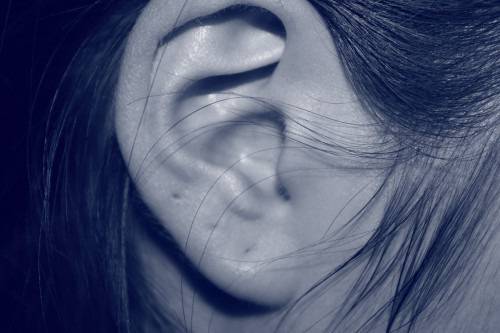newtownrrt.org – Piercings are a popular form of self-expression, but the thought of enduring the pain that comes with them can be daunting. Understanding the science behind piercing pain can help you make an informed decision and prepare for the experience. Here’s what you need to know about why piercings hurt and how the body responds.
Anatomy of Pain: Understanding Nerve Endings
Pain from piercings largely depends on the concentration of nerve endings in the area being pierced. Areas with more nerve endings, like the nose or nipples, tend to be more painful compared to places with fewer nerve endings, such as the earlobes. Nociceptors, the body’s pain receptors, are activated when the skin is punctured, sending pain signals to the brain.
Psychological Factors: Perception and Tolerance
Pain perception is subjective and can vary from person to person due to psychological factors. Anxiety or fear can amplify the sensation of pain. Conversely, a calm and relaxed state of mind can help reduce perceived pain. Your previous experiences with pain and your pain tolerance also play significant roles.
The Role of Inflammation
After a piercing, your body initiates an inflammatory response to heal the wound. This process involves swelling and tenderness, which can contribute to pain in the days following the piercing. While inflammation is a natural part of healing, proper aftercare can help minimize discomfort and prevent complications.
Techniques and Tools: Minimizing Pain
The method used for piercing can influence the level of pain experienced. Professional piercers use needles, which are more precise and cause less trauma to the tissue compared to piercing guns. A skilled piercer will also employ techniques to minimize pain, such as quick, confident movements and using high-quality equipment.
Pain Management and Aftercare
Managing piercing pain is possible with a few simple steps:
- Breathing Techniques: Deep breathing can help calm your nerves and reduce pain perception.
- Ice and Pain Relievers: Applying ice immediately after piercing can numb the area and reduce swelling. Over-the-counter pain relievers can also be effective.
- Proper Aftercare: Following the piercer’s aftercare instructions, such as cleaning the area with saline solution, helps prevent infection and promotes healing.
Conclusion
While pain is a part of the piercing process, understanding the science behind it can help you prepare and manage it effectively. By choosing a reputable piercer, employing pain management strategies, and following proper aftercare, you can enjoy your new piercing with minimal discomfort. Remember, the initial pain is temporary, but the satisfaction of a new piercing can last a lifetime.
